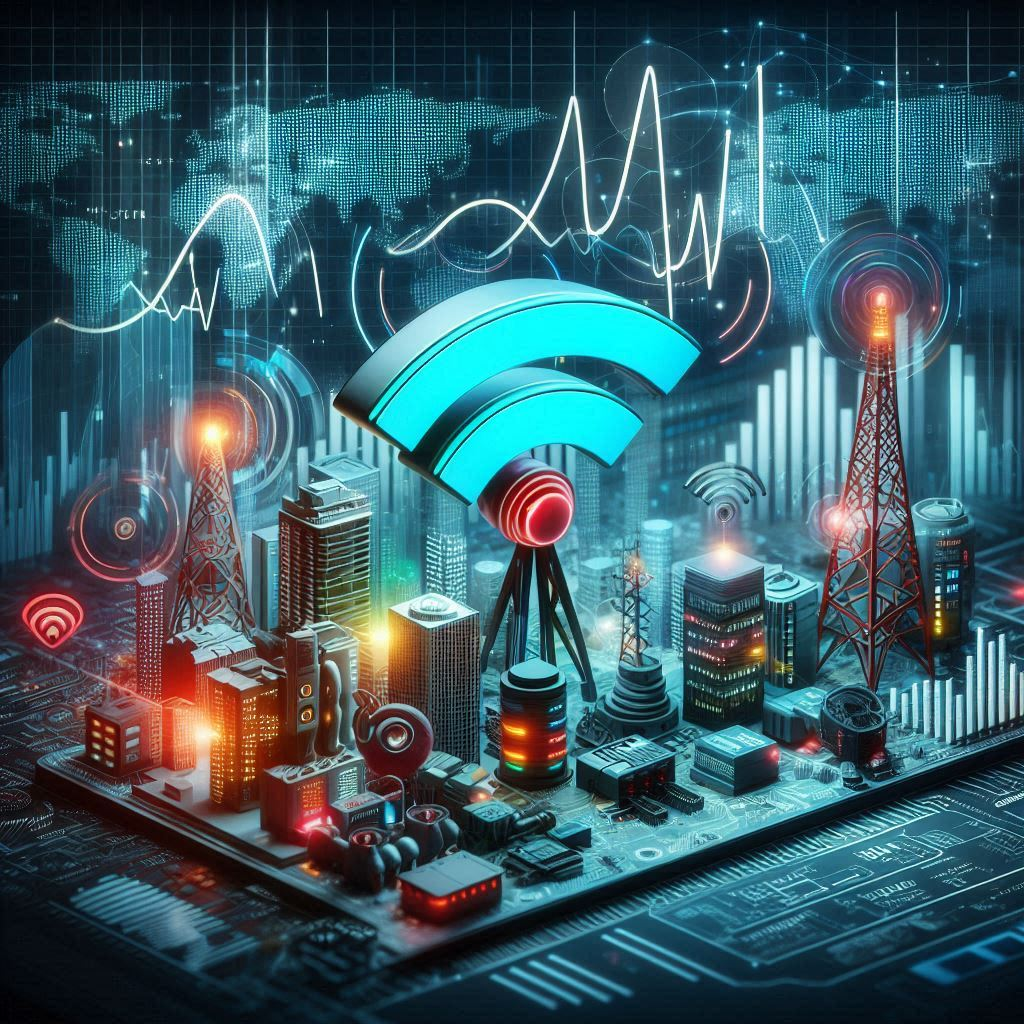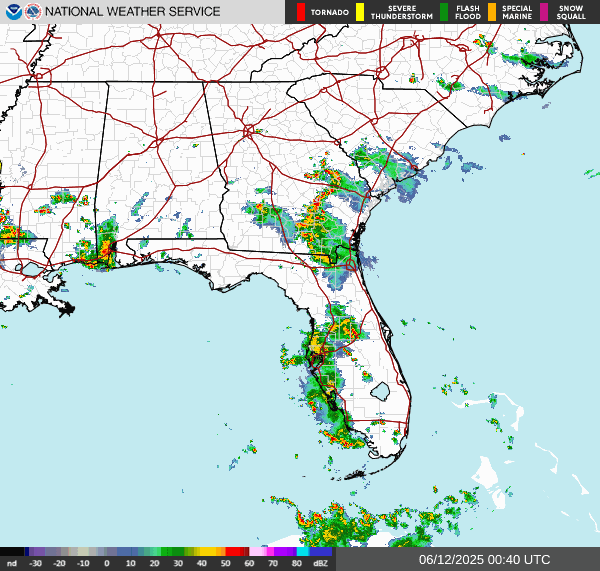WiFi: Wireless internet magic
Greg Heffner July 28, 2024

The way we connect to the internet has changed quite a bit over the years. When I was a kid we connected to the internet with a CD we got in the mail and had to have everyone off of the house phone in order to use it. Flash forward to today and your cars are connected to the internet and if you go somewhere that does not have wifi you probably have to think about alternate activities.
In order to connect devices wirelessly to the internet they have to be able to "talk" to routers in a way that does not require cables or wires. I know, Mr. Obvious over here. When you think of ways you can do that there isnt really any other mediums besides radio signals that could carry the traffic load we would need. You may be thinking of walkie-talkies when I say radio and wondering how would that ever work and while you arent far off, in order for WiFi to work, youll need a little more technology above and beyond your grandparents ham radio license.
A Wireless Fidelity (WiFi) connection consists of 3 major things in order to work
- Availability - You need to have an available network your device can talk to
- Authentication - You need to be authorized to talk to the network
- Admission - You need to be given a route to use
Availability
WiFi uses radio waves to communicate, the radio waves we use are very specific and are monitored and maintained by the Federal Communications Commission (FCC). The majority of the radio connections we use for WiFi are broadcasted over the 2.4 GHz and 5 GHz radio bandwidths. You may know them as 2.4G or 5G WiFi. Just like walkie-talkies though, WiFi uses individual channels to communicate. These channels are made from the chunks of those wireless radio bands split into channels and just like walkie-talkies, you need to have your device and the WiFi antenna on the same channel in order to communicate with each other. Wireless Access Points or (WAP)s are spread around locations depending on the sites size and coverage needs to broadcast these radio channels being used. Just like a walkie-talkie may need multiple receivers spread out to enable communications across large distance or with multiple people, WAPs need to be spread out to cover large areas as well. The main difference in wifi bands is the wavelength of the signal. 2.4 GHz has a longer wavelength and can travel further but has a slower speed. 5 GHz has a shorter wavelength and can travel shorter distances but has a faster speed.


Sometimes interference can cause issues with one band or the other; it all depends on anything around the antennas that could cause interference like other radios or power lines or other large equipment that could block or overload the signal. Some smart routers will scan for interference and if found change the WAPs radio antennas to a channel that is less congested. Some wont say a thing and you will just have slow speeds because just like a walkie-talkie, your WAP and device cant hear each other very well and are having to repeat them selves over and over. Check out What Materials Block WiFi Signal for more info
Authentication
So if WiFi only consists of a radio signal being broadcasted from your WAP then can anyone elses radio listen to my traffic? The short answer is yes. Just as if you would tap a phone line you can tap an ethernet cable and you can tap a wifi signal in the same ways you would intercept radio traffic. There are ways to protect your traffic but in order to obfuscate radio traffic you have to get kinda funky with the way you transmit.
There are two main types of WiFi radio networks you can setup when creating your own Service Set Identifier or Network SSID. SSID is another name for a wireless network tag or the name you see when you search for WiFi networks on your cell phone today. You have Public and Private. Think of public SSIDs like human sign wavers pointing to a furniture store for a sale. Public networks are good for open community events, public areas, or anywhere you would like to host internet access for guests where you are unable to give out specific connection details. Its being broadcasted for anyone to see. Even people who are not allowed to shop there. Private/Hidden SSID networks would be the stores that are invite only, if I was using the same example. Not only do they not broadcast their location or hours of operation but if you want to connect/shop to it you have to know which SSID to connect to and how to connect. WiFi protected access (WPA) is an access protocol that allows for a secure handshakes when connecting to WiFi networks. Using WPA you know the person connecting is allowed to connect due to the use of passwords, device stance standards, or some other authentication protocol. This is because in order for a device to connect to a WPA protected SSID you would need to have provided this information in order to authenticate to the network as a valid user and also to be able to decrypt the traffic being sent to you. WPA is available for both public and private SSIDs. Check out what is What is WPA3 for more information on this protocol. An alternate to WPA protection is an "open" SSID where no authentication is needed. You just click and connect. I would not recommend this

Admission
Once you have found your SSID and you have successfully authenticated to it, you need a couple more items to connect to for example greg.heffner.live. Just like the walkie-talkie you either need to know how to call out to people close to you or know the route to get to where you need to go. You do this by configuring the SSIDs DNS and DHCP settings. We talked about what DNS is in a previous blog feel free to check it out Nerdsense - Pi-Hole - July 2024. Now for DHCP thats just a fancy way of telling you directions to the internet and informing others where you are locally. Dynamic Host Configuration Protocol, automatically gives you IP addresses and other related configuration information such as the subnet mask and default gateway in order to get to the internet. Your computer or phone needs to know the way to get to the router for internet or the way to get to another client on your network. This could be the same route or different routes. The wireless network configurations include these routes and where your device goes if it is the new person in the room and hasnt met anyone yet.
Thats it you got on the internet and without a wire! Im sure youre thinking "this is way over my head" or youve said "but wait there are so many ways to get around some of these protections!" Both are probably true. I could write about each solution DNS, DHCP, WPA, WAPs, or routers all of which have been mentioned in this article but maybe we can save it for a different time. Most of the time a strong password and regular password changes will keep you in the safe zone. Stay completely away from Public SSIDs when you are not on a VPN. Check out Nerdsense - VPNs - July 2024 for a write up on VPNs and the type of best practices to use.
Check out How Stuff Works for an article on Wifi. If you would like more information.
Or check out Tiff in Tech youtube short for a quick video on WiFi

Wifi if Bing AI was explaining WiFi to children
Okay, kiddo, imagine Wi-Fi as a magical invisible string that connects your devices to the internet.
The Magic Signal: Wi-Fi is like a special signal that travels through the air. Its like when you whisper secrets to
your friend across the room, but instead of words, it carries information like videos, games, and cat pictures!📸🎮
The Wizard Router: Now, every home has a magical box called a “router.” Think of it as a wizard who creates the Wi-Fi
signal. The router sits in a corner, casting its spell, and sends out invisible waves all around your house.🧙♂️🔮
Your Devices Wand: Your tablet, phone, or computer has a tiny wand (we call it an antenna). When you turn on Wi-Fi,
your device listens for the magical signal. When it finds it, it says, “Hey, wizard! I want to play!” 📱🪄
Connecting Spells: The router and your device do a secret handshake (not really, but its fun to imagine). They exchange
special codes to make sure they trust each other. Once theyre friends, your device can use the Wi-Fi to watch cartoons,
play games, and learn cool stuff! 🤝🔤
Speed Spells: Sometimes, the Wi-Fi can be super fast (like a race car) or a bit slow (like a sleepy turtle). It depends
on how many other devices are using it. So, if your big brother is downloading a game, your Wi-Fi might slow down a
little.🐢🏎️
Remember, Wi-Fi is like magic, connecting you to a world of adventures and knowledge! So next time you see those little Wi-Fi bars on your screen, know that the invisible wizard is working hard to keep you connected!
Edited by: Lucy Ruiz Oliva
About Me
I served in the U.S. Army, specializing in Network Switching Systems and was attached to a Patriot Missile System Battalion. After my deployment and Honorable discharge, I went to college in Jacksonville, FL for Computer Science. I have two beautiful and very intelligent daughters. I have more than 20 years professional IT experience. This page is made to learn and have fun. If its messed up, let me know. Im still learning :)
